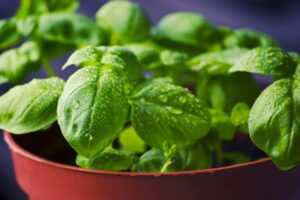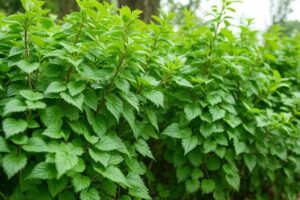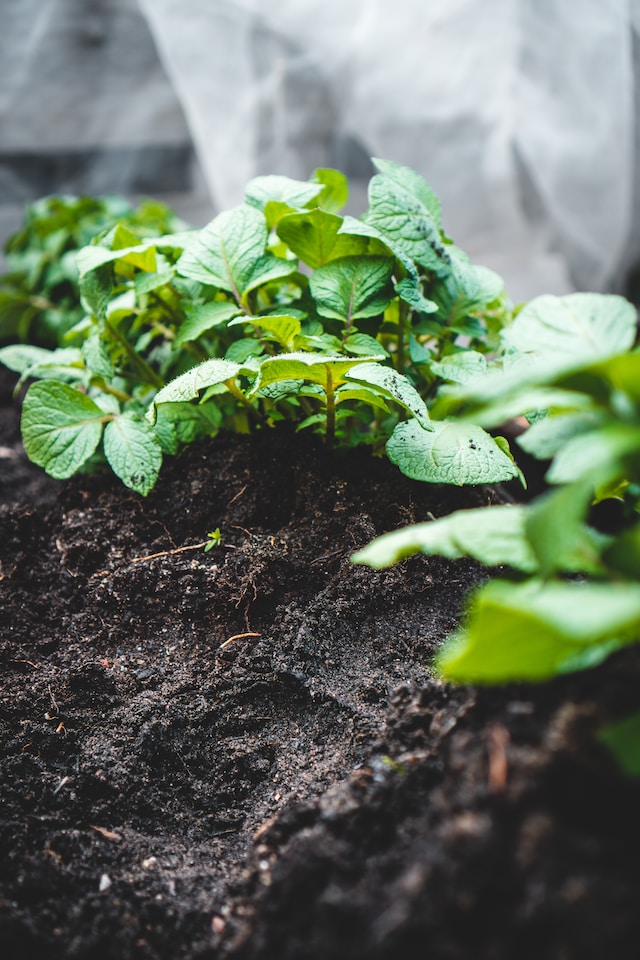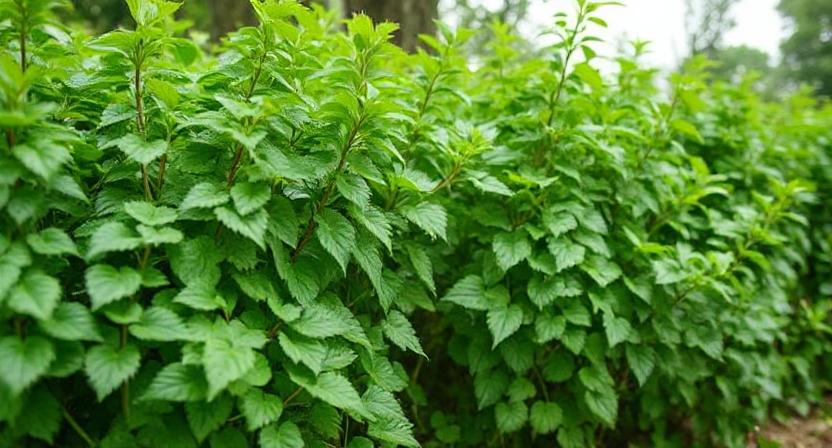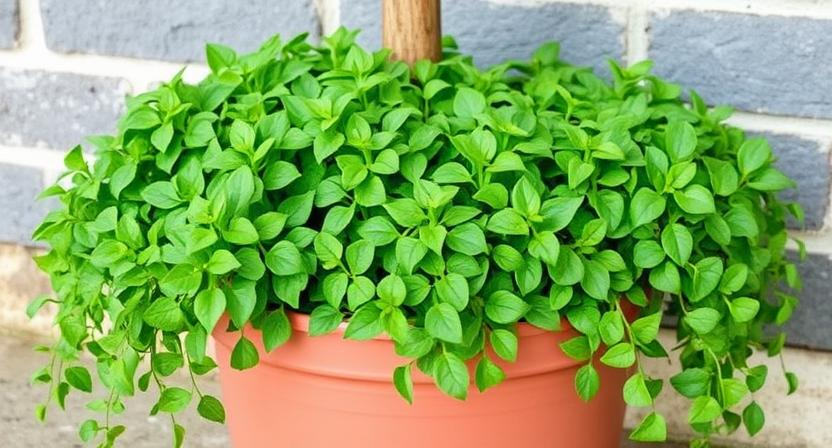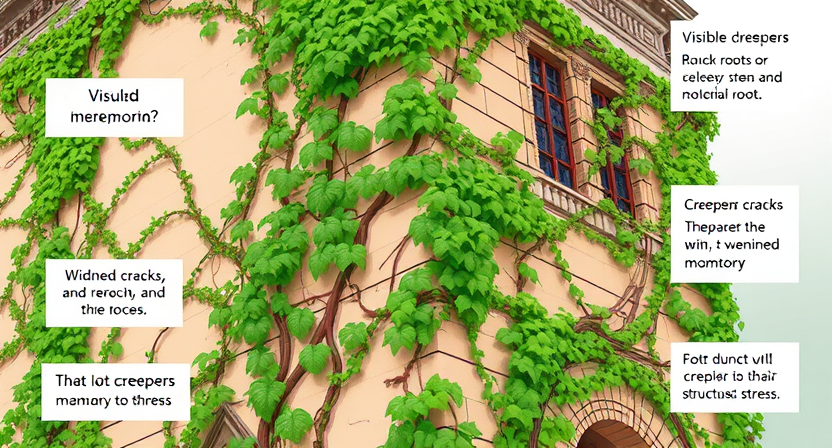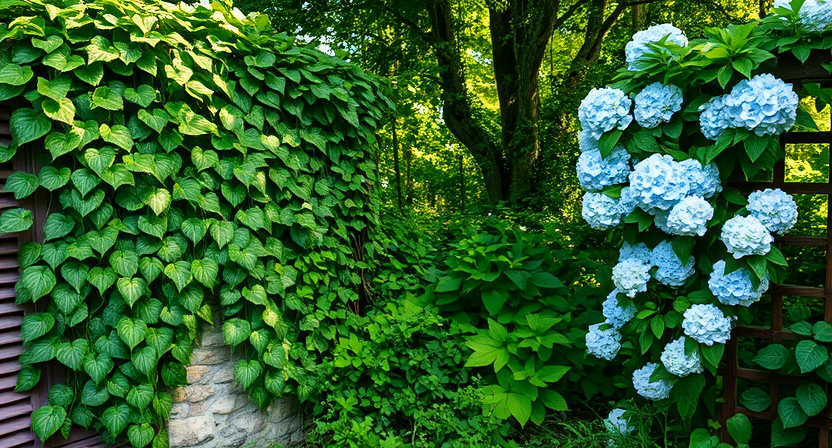Introduction
Potatoes are one of the most versatile and nutritious vegetables available. They have existed for thousands of years, but today they’re also one of the most popular foods in our modern diet. Potatoes can be prepared in so many different ways that it’s difficult to imagine a world without them. However, growing potatoes isn’t always easy. Fortunately, with some basic knowledge and preparation on your part, you’ll be able to grow potatoes successfully in any climate within just a few months!
Potatoes are one of the most popular vegetables in the world.
Growing potatoes is an easy, rewarding process that can be done by anyone. Potatoes are one of the most popular vegetables in the world; there are many different types of potatoes and they come in a variety of colors, shapes and sizes.
The potato plant itself is also quite easy to grow–it doesn’t need much attention or care once it’s established in your garden bed (or even better: raised beds). It can thrive in any climate but does best when planted at least 2 weeks before your last frost date (usually late March through mid-May depending on where you live).
Potato plants grow best in rich soil with plenty of organic matter.
Potatoes are a hearty crop that can thrive in many different types of soil. However, the best potato plants grow in rich soil with plenty of organic matter.
Rich soil is loose and well drained, but not too acidic (with a pH between 6 and 7).
Potato tubers of different varieties vary in color, texture and shape.
Potatoes come in many different varieties, each with its own unique characteristics. Some potatoes have a waxy texture and are good for boiling or baking, while others have a thin skin that makes them ideal for frying. The color of your potato tubers can also vary from white to red or purple.
The shape of your potato tubers will depend on the variety you choose; some types produce roundish tubers while others grow long and skinny (also known as fingerling).
The best way to learn how to grow potatoes is to start with a few small seed potatoes.
- Buy seed potatoes from a reputable source.
- Try to buy certified disease free seed potatoes.
- Seed potatoes should be labeled with the name of the variety and the growing season.
- Potatoes should not be washed before planting, as this will cause them to rot before they can grow into plants or tubers.
To grow your own potatoes, you’ll need some basic equipment like shovels, rakes and watering cans; but most importantly–you’ll need some seed potatoes!
Potatoes should be planted directly into the soil when the soil temperature is between 50 and 75 degrees Fahrenheit.
If you’re planting in the spring, wait until the soil temperature is between 50 and 75 degrees Fahrenheit before planting your potatoes. The best way to check this is by using a soil thermometer or digging down about 6 inches into your garden area with your hand and taking note of how warm it feels against your palm.
It is important not to disturb the soil around your growing potatoes once they have been planted.
- Don’t disturb the soil around your growing potatoes.
- Do not use a hoe or shovel to turn over the ground where they are growing, as this can damage their roots and cause them to die.
- If you have recently planted potatoes in an area that has been previously cultivated, avoid disturbing that area with heavy machinery such as tractors or mowers until after harvest time has passed.
To tell when your potatoes are ready for harvesting, look for the plants to turn brown after flowering has ceased and harvest any time after that point.
Harvesting potatoes is a great way to enjoy your crop and use them in your favorite recipes. When you’re ready to harvest, look for the plants to turn brown after flowering has ceased and harvest any time after that point. If you harvest too early or late, your potatoes may be smaller or larger than desired.
You can harvest your own potatoes by following these simple steps
When your potato plants have died back, it’s time to harvest your own potatoes. To do this, simply dig up the tubers and wash them well. Let them dry for a few days before storing them in a cool, dark place like a basement or garage (or even under your bed!).
If you’re lucky enough to have access to a cellar or root cellar where temperatures stay below 50 degrees Fahrenheit year-round (10 Celsius), then you can store potatoes there for as long as one year!
Conclusion
Growing your own potatoes is a great way to save money on food and have fun in the garden. If you follow these steps, you will have no problem growing your own delicious potatoes!



